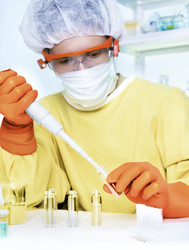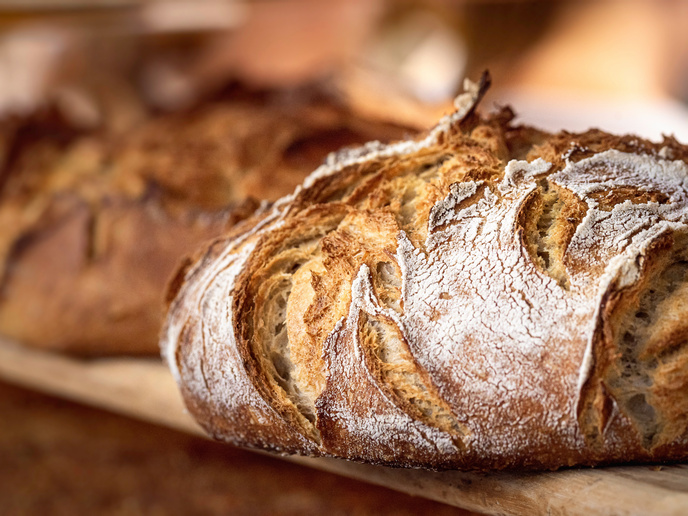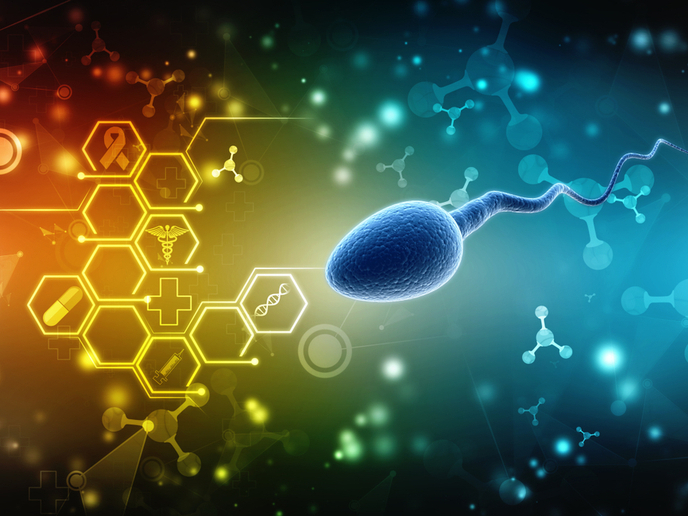Biocatalysis in the chemical synthesis
One of the central problems in BC production is that microorganisms use nutrients primarily to make biomass instead of the enzymes. Consequently, channelling the process of enzyme production is a widely pursued goal in biotechnology research. The EU-funded 'Two-step-strategy towards an orthogonal bio-system' (MAZPROTEC) project aimed to introduce a novel principle into biocatalyst production. Researchers used the ability of regular Escherichia coli bacterial cells to select on a cell-wide scale which proteins to synthesise. E. Coli uses for selection the MazEF toxin–antitoxin system. MazF is the toxin, an RNA-hydrolysing enzyme that digests mRNA molecules containing triplets of the sequence ACA, which is normally held in check by MazE. Activated MazF prevents protein synthesis from most mRNAs, while ACA-free mRNAs continue to be translated. In MAZPROTEC, the goal was to use this mechanism to force the cell to dedicate its resources entirely to the production of desired proteins. Researchers tested their application in the model system of 12-step synthesis of N-acetyl neuraminic acid (Neu5Ac), a precursor of antiviral drugs, starting with glucose (Glc) and N-acetyl glucosamine (GlcNAc). They carried out tests with a reduced system based on the gene-deleted E. coli strain and the enzymes required for conversion of GlcNAc and phosphoenolpyruvate. It was clearly demonstrated that after overexpression of MazF, protein synthesis activities were redirected to a larger extent into the synthesis of recombinant proteins from ACA-free genes versus regular genes. Importantly, this correlated with a substantial increase in Neu5Ac production in the ACA-free system when compared to a similar system using ACA-containing genes. In summary, MAZPROTEC demonstrated a massive reorganisation of protein synthesis using the MazEF system as a perfectly suitable strategy to increase productivity in multi-step biocatalysis. One can expect that this method will be an important element in the future construction of biocatalytic reaction cascades, primarily in the fine chemical industry.







